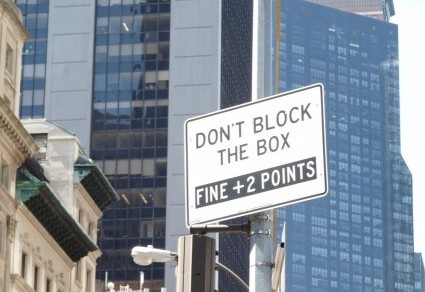Scientists tell us that communication is key to human nature, but they’re just stating what is obvious to every person who ever lived. And speaking of obvious, this sign easily reaches overkill territory:

“Pick Up/Drop Off Only”? Someone from the bus company thought it necessary to tell us that. Because otherwise customers might think that the curb near this sign is handy for, I don’t know, a shower and a shave or maybe a vacation rental.
Short digression: It occurs to me that I’ve posted a lot about buses lately: signs announcing in-bus DNA testing and banning luggage-rack climbing, for example (http://www.grammarianinthecity.com/?p=2240). Maybe it’s the crazy and at times infuriating nature of this form of transportation that brings out the worst in people — and not just in New York City. When I typed the Spanish word for “bus stop” during a recent trip to Madrid, my phone’s autocorrect kept trying to attach a rather strong curse word to “autobus.”
And then there’s this one, from the window of a dry-cleaner:

The moment I saw this sign, I wondered why anyone would “only drop off” clothes. Don’t customers want their stuff back? Apparently yes, as the store is now out of business. Instead of dropping off my good clothes (and saying goodbye to them) at this shop, I must now go to a different dry-cleaner. Maybe here:

No word about pick up, but at least the blazers and slacks I drop off will be “well looked after” while they’re away from home. Or in their new homes. Whatever. I’m dropping out of this discussion.





















 Unanswered Question: What happened to the candlestick maker?
Unanswered Question: What happened to the candlestick maker?






 Do you call the front desk for “boom service,” and if so, how much do you tip the guy who lowers the boom? How do you delivery a “jobsite”? And what does a “boom service” showroom show?
Do you call the front desk for “boom service,” and if so, how much do you tip the guy who lowers the boom? How do you delivery a “jobsite”? And what does a “boom service” showroom show?


